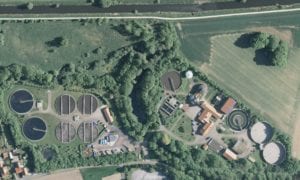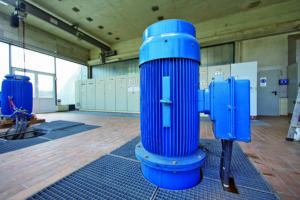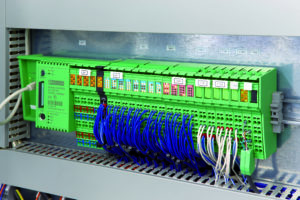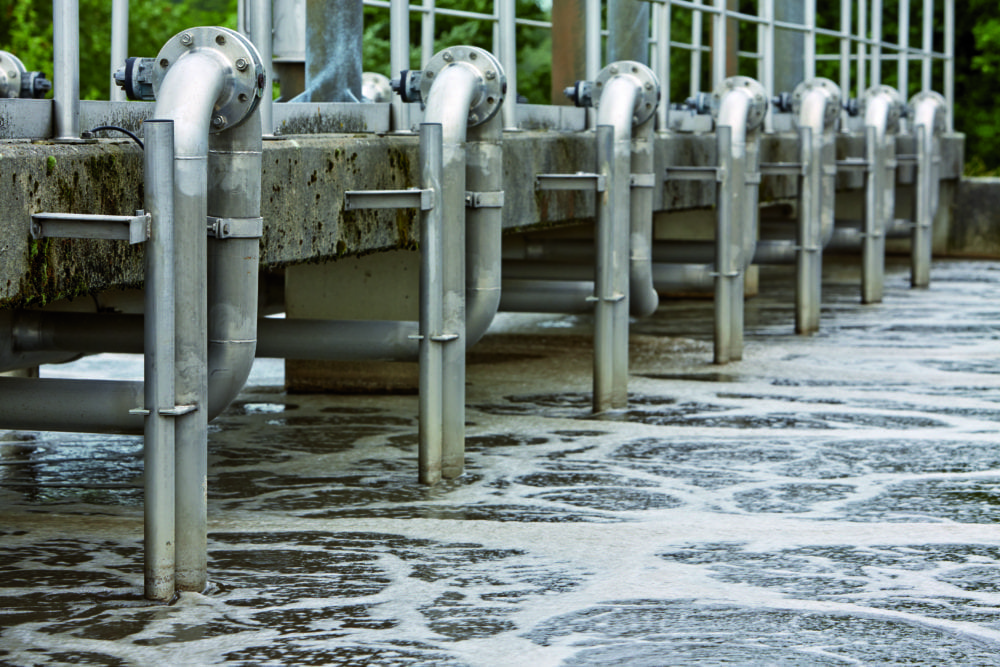
FDT Technology improves efficiency at Warendorf Wastewater Treatment Plant.
As early as 6500 B.C., people began separating and disposing their solid and liquid waste. Over time, the procedures involved in the disposal process have come a long way. In the past years, engineers have been developing innovative new technologies towards more efficient waste disposal to achieve environmental protection, lowered operating costs, and increased productivity in industrial installations.
Higher Productivity at Lower Operating Costs
Pre-emptive planning and completion of required maintenance work
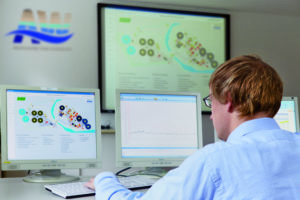
Figure 2: In the Warendorf control center all diagnostics data is visualized for a status-based maintenance.
At the Warendorf control center, all diagnostics data from the electronic motor management modules is collected and visualized within the FDT framework software. In addition to diagnostics data and alarm messages, employees can view visual representations of current operating data such as motor currents, torques, and temperatures as characteristic curves in the relevant DTMs, which permits instant analysis. This means that the drives can be continuously monitored for malfunctions. For example, aging bearings or exceeded torques are detected before they can cause a failure. Based on the captured data, the plant operator can schedule all required maintenance measures well in advance.
Fully independent from the deployed bus system
Easy integration and reconfiguration of field devices
Because field device complexity is continuing to increase, fast and easy integration of new hardware into the existing application is an important consideration for staff. When it comes to expanding power units, intuitive component handling is crucial. The flexibility offered by FDT Technology is very helpful in this regard. When an intelligent field device needs to be integrated into an existing network, the user simply adds a Device DTM to the software framework. All this usually involves a guided driver installation on the office computer. After that, the FDT framework and the Device DTM provide for remote as well as on-site configuration of the field device, meaning it can be precisely adapted to its intended tasks. All of the parameters available for configuration are displayed together for a better overview.
Conclusion
For today’s industrial applications, it is becoming increasingly vital that faults and errors are detected as early as possible and remedied in a preventive fashion. If a failure occurs, it needs to be located and diagnosed instantly, and the processes involved need to be adapted quickly to accommodate sudden changes. This is the only way to increase application efficiency and thus lower maintenance, material, and personnel costs. Thanks to its flexible makeup and user friendliness, FDT Technology is ideally suited to meeting these challenges. Integration of new field devices and expansion of existing plant sections is also made easier as all the relevant data is brought together in a single user interface.
Author: Joel Stratemann, Industry Management Infrastructure / Industry Solutions, Phoenix Contact Electronics GmbH, Bad Pyrmont, Germany
